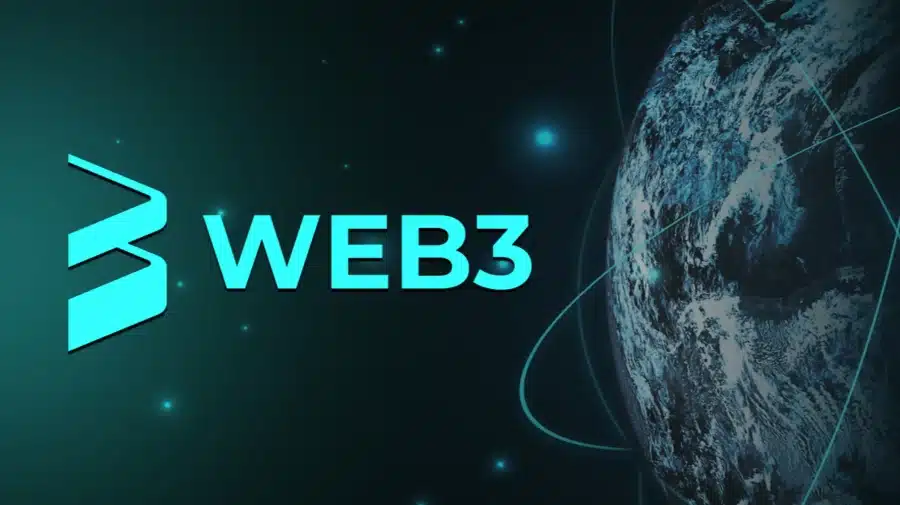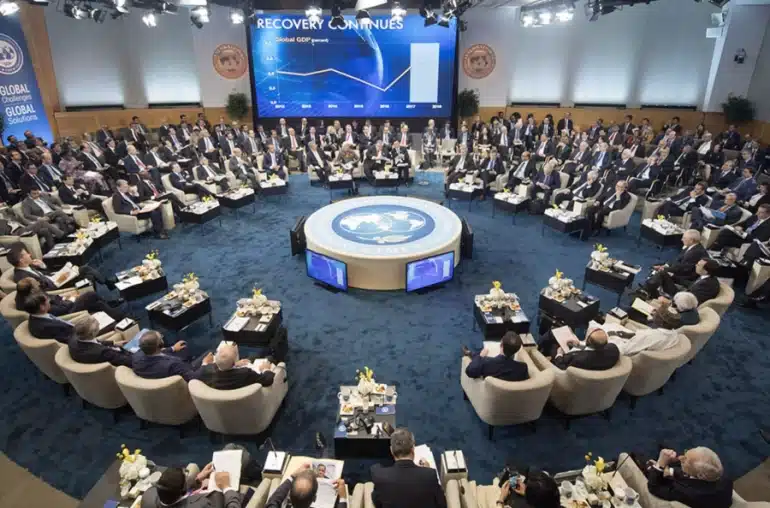Not only is the internet changing, but businesses are aiming to catch up with technological advancements. Our journey is changing with the advent of cutting-edge technical upgrades. Web1.0 was the brainchild of Tim Berners-Lee, in which readers could only consume information in the form of a read-only format.
With the introduction of Web 2.0, the internet world evolved and allowed its users to experience, read, and create versions. In this adaptation of the internet, ownership remains with the tech giants, and users can easily create and consume information thoroughly.
https://twitter.com/cdixon/status/1442201621266534402?s=20&t=Cp0Jj9RsWLoj5B7b2tOTYQ
Security concerns about the centralized web
With the further development of Web 2.0, the privacy of its consumers is at stake; companies can steal a user’s personal information to enhance online tracking activities and make the internet a more user-friendly customized space.
Several advertising agencies are using the feature of stealing information about a particular client to generate targeted ads and generate revenue. For instance, if we look at the tech-giant Alphabet, its 82% of revenue, i.e., approximately $210 billion, is generated through platforms like Google Maps, YouTube, Google Search Engine, etc., by targeting audiences through specified ads.
What gave rise to the invention of Web 3.0?
If we try to conclude—in the Web2.0 version, the consumers had less benefit than the big corporations that dominated the internet and modified it to satiate their interests. With the centralized concept of mass surveillance and data breach, consumers are subjected to a privacy risk, which further gave rise to the concept of Web3.0.
The Web3.0 version of the internet is powered by Artificial Intelligence, Blockchain, Metaverse, Machine Learning, and IoT. The essence of this web version will focus on accountability and greater transparency while using the decentralized concept.
In a nutshell, the Web 3.0 version aims to establish an infrastructure that isn’t centralized to protect an individual’s identity and maintain a community’s privacy.
How will the business model benefit from the Web3.0 version?
Businesses cannot fall behind when the web is constantly evolving. Traditional businesses might be completely disrupted with the introduction of Web3.0 as greater transparency, decentralization, and accountability will become the key elements. The business strategies and models need to be upgraded with the newest version of the internet.
Businesses must update their functional systems as semantic web, DLT, artificial intelligence, 3D graphics, and smart contracts are integrated.
***




